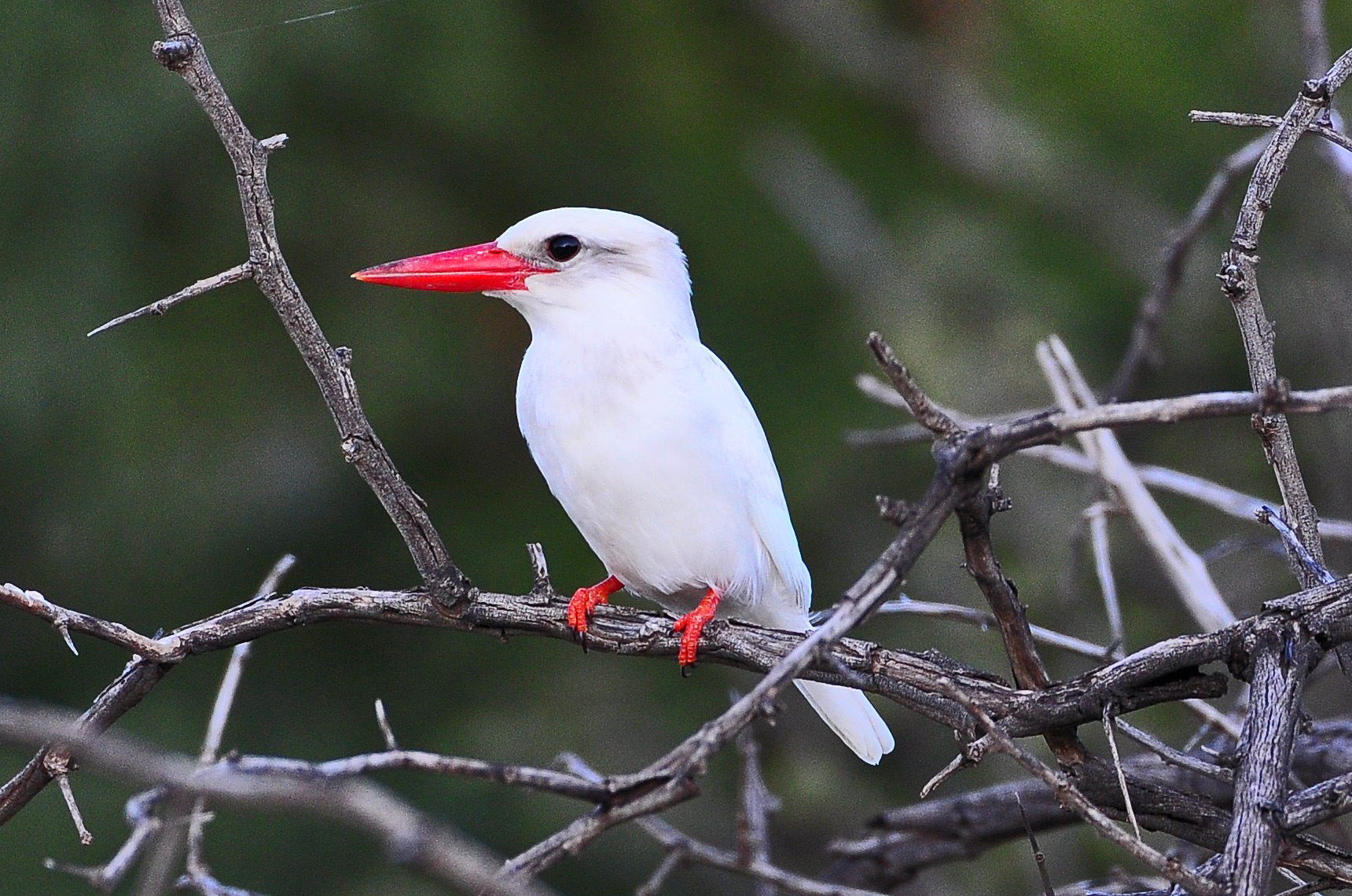
Have you ever seen a strangely colored bird at your feeder? It might have been a Northern Cardinal with white spots or perhaps a yellow House Finch?
If so, you’re not alone. Every day people see birds with unusual plumage. So what’s wrong with these birds? Let’s find out.
Color Variants
Even though it might seem like something’s wrong with birds that look different in terms of color, there’s actually a fair amount of variation that goes on among species. Some bluebirds are simply bluer than others.
But when birds look drastically different with completely white heads or unusually dark feathers, many factors come into play, including genetic makeup, injury, and even diet.
Generally, there isn’t anything wrong with these birds, and they’re typically pretty healthy. Nevertheless, odd color variations can affect the ability to find a mate or make them more susceptible to predation.
Types of Color Abnormalities
Let’s go into more detail on the types of conditions you might encounter.
Albinism

Albinism is probably the easiest of all the color variants to identify. This is when a bird has all-white or partially white plumage as a result of not producing enough melanin.
The lack of color could be due to genetics, injury, or poor diet. There are levels of severity in albinism. Completely albinistic birds will typically lack pigment coloration in their eyes and skin.
Leucism

This is a subset of albinism because it’s a much less severe case, but it’s often stuck into its own category. This is when a bird has very pale plumage that’s light but not completely white. You can tell the difference between an albinistic and leucistic bird by whether or not you can still see some coloration. Patterns on the plumage are usually still visible.
Melanism

Melanism is essentially the opposite of albinism; it leads to darker plumage as a result of too much melanism being produced. The result in severe cases is a bird that looks completely black. This is seen fairly commonly in several hawk species, according to the Cornell Lab of Ornithology.
Xanthochroism
Xanthochroism occurs when yellow-orange pigments replace normal pigments. This leads to a strong yellow coloration in birds that normally aren’t yellow. This happens more commonly in birds that are red, which is why Northern Cardinals, Evening Grosbeaks, Red-bellied Woodpeckers, Scarlet Tanagers, and more are susceptible to xanthochroism.
Yellow House Finches
According to FeederWatch, some people report seeing House Finches that appear to have xanthochroism, due to their yellow coloration (instead of red). However, they say research found it’s related to diet—mainly from eating foods low in certain types of carotenoids.
Erythrism
This is a rare plumage abnormality that results in reddish plumage. It typically happens in feathers that have no melanin.


